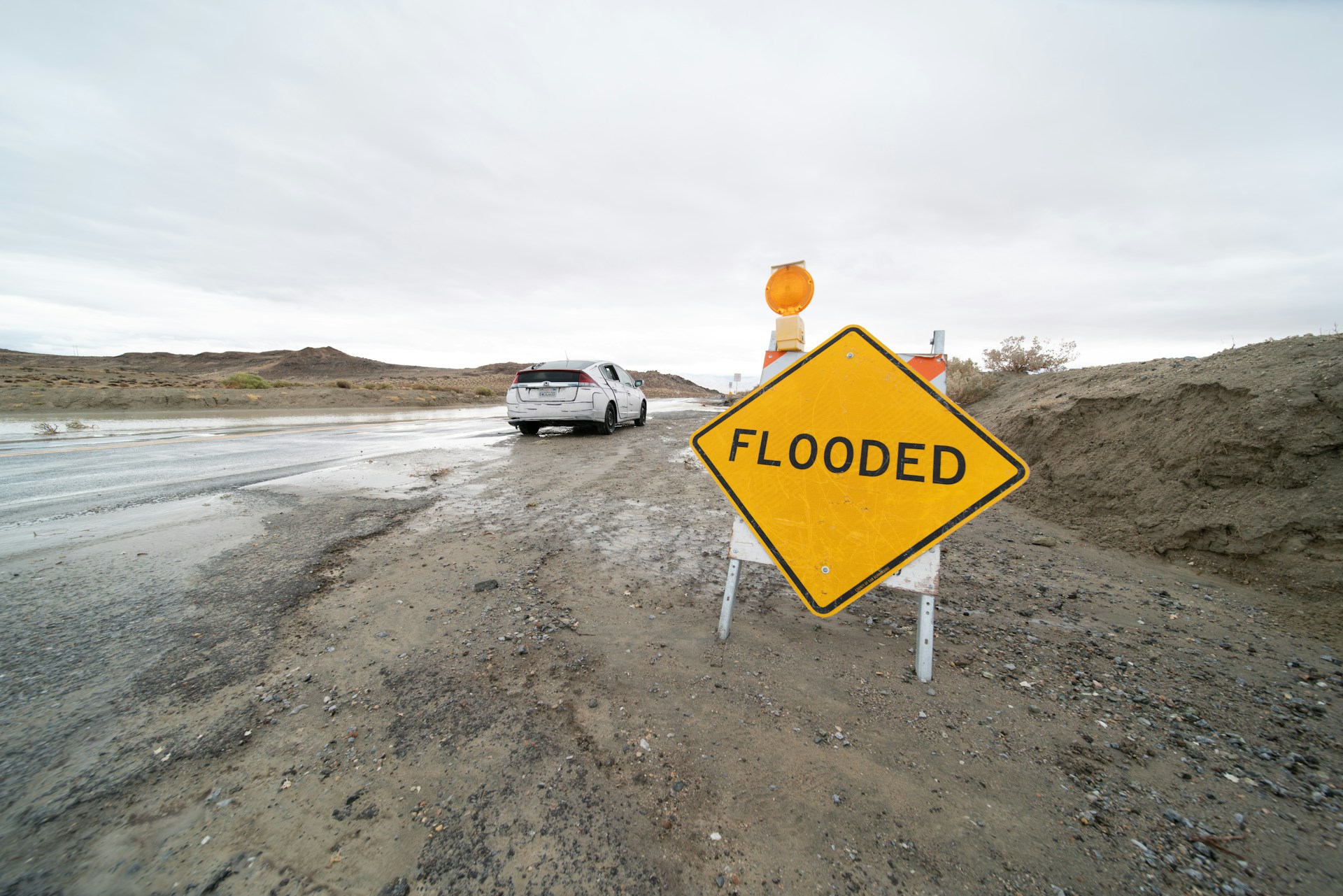The nation’s surface transportation system is – pun very much intended – running on fumes. One in nine of our bridges is structurally deficient; congestion on our roadways costs us $115 billion each year; and billions of dollars in transportation funds are spent with little accountability or prioritization . Meanwhile, the Congressional Budget Office (CBO) reports the Federal Highway Trust Fund — the nation’s transportation bank account— will be unable to support the nation’s growing highway and transit needs by the fall of 2012.
But we’ve heard this all before. A constant stream of commentary and consideration has come to the overwhelming conclusion that when it involves the nation’s transportation system, things gotta change, and they gotta change quick.
The nation is at a transportation crossroads. The last 40 years saw the construction of a vast road network and the completion of the Interstate Highway System. The next 40 years are going to look very different. Persistent congestion, aging infrastructure, and decreased federal funding present their own challenges and require a new way of doing business. In addition, the rise of technology will change and improve how we get around in unforeseen ways. The challenges we face, the solutions at our disposal, and the resources available to make it all happen are rapidly evolving, and our transportation policy needs to keep up.
It is against this backdrop that we teamed up with Transportation for America and the Reason Foundation — an unlikely trio to say the least — to release The Most for Our Money, Taxpayer Friendly Solutions for the Nation’s Transportation Challenges . This report contains seven transportation ideas for Congress to consider during debate over the next transportation bill. These ideas can make an enormous difference by reducing congestion and increasing transportation options at costs that are taxpayer, and deficit, friendly.
Several of the items discussed in this report highlight the growing use of technology to impact our nation’s transportation network. For example, the use of Intelligent Transportation Systems (ITS) allows us to get more out of existing roads by optimizing traffic signals, warning motorists to avoid congested routes, and making travel on trains and buses more seamless and efficient. Not only can improvements often be made inexpensively, but the return on those investments is extremely high, making more efficient use of limited funds. In addition, the expanding availability of the Internet and other technology makes working from home, or telework, a possibility for a growing number of American workers. Not only are workers more efficient while at home, teleworking takes cars off the road during peak travel periods, which can have a dramatic impact on roadway congestion. Bus Rapid Transit (BRT) is a form of transit that is similar to regular bus service, but offers increased comfort, faster travel times, and greater reliability compared to typical city bus service. New York City has two such lines running where regular buses had run previously, and travel times are down 19% while the number of new riders is up 30%.
Also highlighted in the report is the use of High-Occupancy Toll (HOT) lanes, a new way of planning called Scenario Planning, the promotion of Intercity Bus service, and the benefits of increased local Roadway Connectivity.
In addition to the ideas in the report, we also hope Congress can learn a thing or two from our unlikely coalition. In the spirit of working across ideological and philosophical lines, finding agreement where none may have been obvious to start, and pin-pointing common sense solutions to some of our most daunting challenges, we’ve crafted a document that grew out of a willingness to be open to new ideas and to help work toward a 21st century transportation system. This is something Congress needs to do if we are going to take our transportation policies in a new direction, much less solve the daunting problems of enormous annual deficits, a $14 trillion national debt, and the myriad other challenges we face. We have shown Congress a way forward, but as long as the tank continues to read “E”, their job is not yet finished.
###
TCS Quote of the Week:
“Neither Congress nor the administration should be able to use unrealistic assumptions about future economic growth or future political courage, or other forms of magical thinking, to minimize the magnitude of the reforms that will be necessary.”
– Department of Treasury Secretary Tim Geithner commenting on the debt ceiling which was reached on Tuesday. Congress has roughly 11 weeks to hash out a plan to prevent the United States from defaulting on its obligations. The Wall Street Journal










